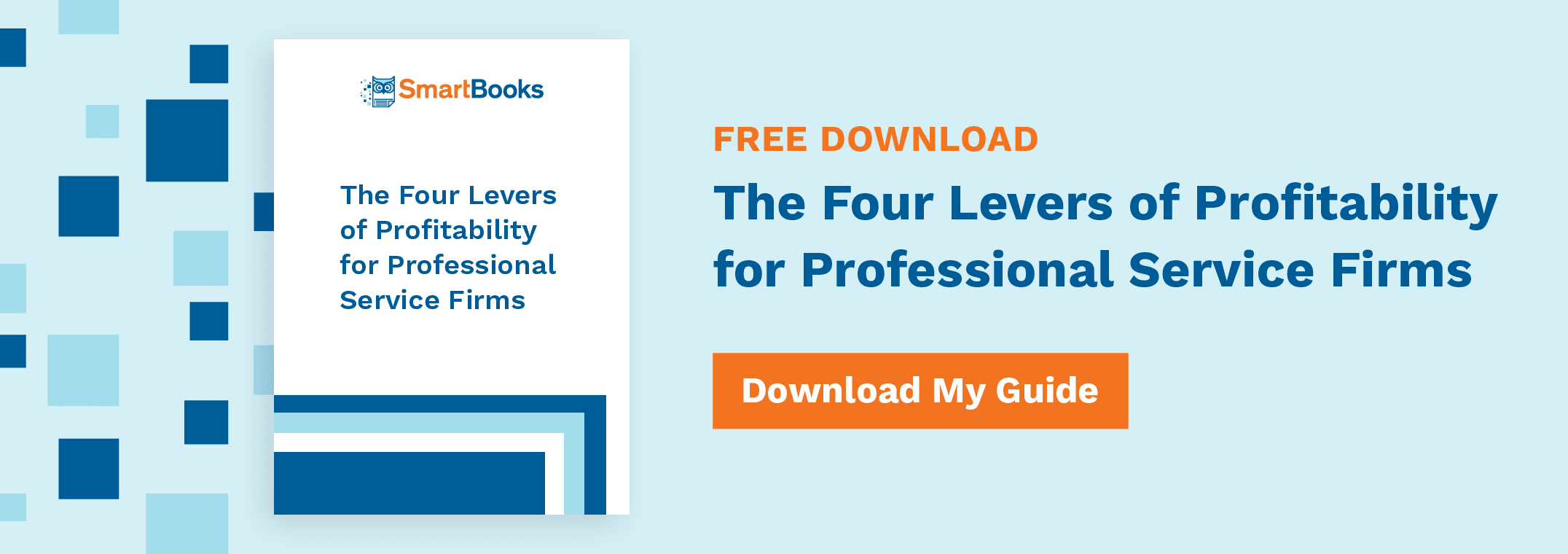How to Increase Contribution Margin: A Small Business Owner’s Guide

In part 2 of our series on contribution margin, we’ll be looking at how business owners can increase contribution margin percentages by using three key inputs:
- Price
- Cost of Goods Sold
- Direct Labor Costs
This assumes you’re already familiar with how to calculate your contribution margin, so if you haven’t read our first piece, head over there first!
Clarifying Contribution Margin
Before we get dive in, let’s make a quick clarification. The term “increase contribution margin” can refer to two different ideas:
- Increase contribution margin in dollars
- Increase contribution margin percentage of revenue
Though they sound similar, they’re vastly different concepts. The simpler of the two calculations is looking at contribution margin dollars. This calculation doesn’t involve much actual optimization. Instead, it has more to do with selling your products and maintaining your pricing/cost structures.
For example, if you sell $200,000 of your product in January and increase your sales volume to $250,000 at the same cost and price structure in February, you’ve increased contribution margin dollars through pure growth—no optimization required.
How to Increase Contribution Margin Percentage
While sales growth is great news, we’ll focus this post on how businesses can increase their contribution margin percentage. Most importantly, businesses can do this through overall efficiency, productivity and profitability per dollar of revenue. To do so, we have to look at our three inputs:
1. Price
First, let’s look at price. A key driver of pricing is the perception of value. Certain markets may be more willing to pay higher prices than others, based on how valuable the product or service is to them.
While some businesses price their products or services at a fixed price regardless of buyer, other businesses have seen great success utilizing price discrimination. And what is price discrimination? Price discrimination is the act of charging different pricing for different market segments, based on the value that each segment places on the good or service. It sounds like a bad term, but is actually a very common tactic in business. Generally speaking, higher prices are better, as long as the market can support it.
Of course, there are plenty of competitive factors at play in pricing, so you should experiment with different pricing levels and structures. This way, you can learn more about the boundaries of your market. You can try a few different things:
- Charge higher prices on certain products
- Offer different pricing packages
- Look at your staff to see which services could be delivered more efficiently by different team members
2. Cost of Goods Sold
Next, let’s take a look at Cost of Goods Sold. This input is vital for companies reselling third-party products bundled in their own products and services. Here, you’ll want to take a top-down perspective of each provider you’re working with, and assess how much value you’re getting out of the relationship.
Consider the total cost of the working relationship, including how efficient each provider is. Keep in mind that the lowest nominal costs may not translate to the lowest total cost, particularly when a provider’s team lacks efficiency or when your team or production equipment is less efficient when utilizing a specific third-party product. Collect performance data on each provider, and try to make objective comparisons on what each brings to the table.
3. Labor Costs
Finally, the third factor impacting your contribution margin is labor cost. This input contains several things you’ll need to review:
- Efficiency of your team (how much the team can produce in a given time period)
- Actual cost of the labor itself (payroll, benefits, etc.)
- Management skill (adequate training, finding the right person for the job, quality control)
In simple terms, the idea here is to lower your labor costs by making your team more efficient. To get some data on this, calculate your employee utilization rates. This will tell you how much of the 40-hour work week is spent delivering billable services to customers, and how much time is spent on non-billable tasks.
Mastering Your Contribution Margin
In conclusion, increasing your contribution margin is a simple function of improving these three inputs. To increase your contribution margin, you need to do some combination of :
- Reducing your cost of goods sold
- Reducing your labor cost
- Optimizing your pricing for the maximum profit supported by the market.
As these inputs improve, your contribution margin (and your gross profit) will increase accordingly.
Get more tips on improving overall profitability by downloading our free guide.
